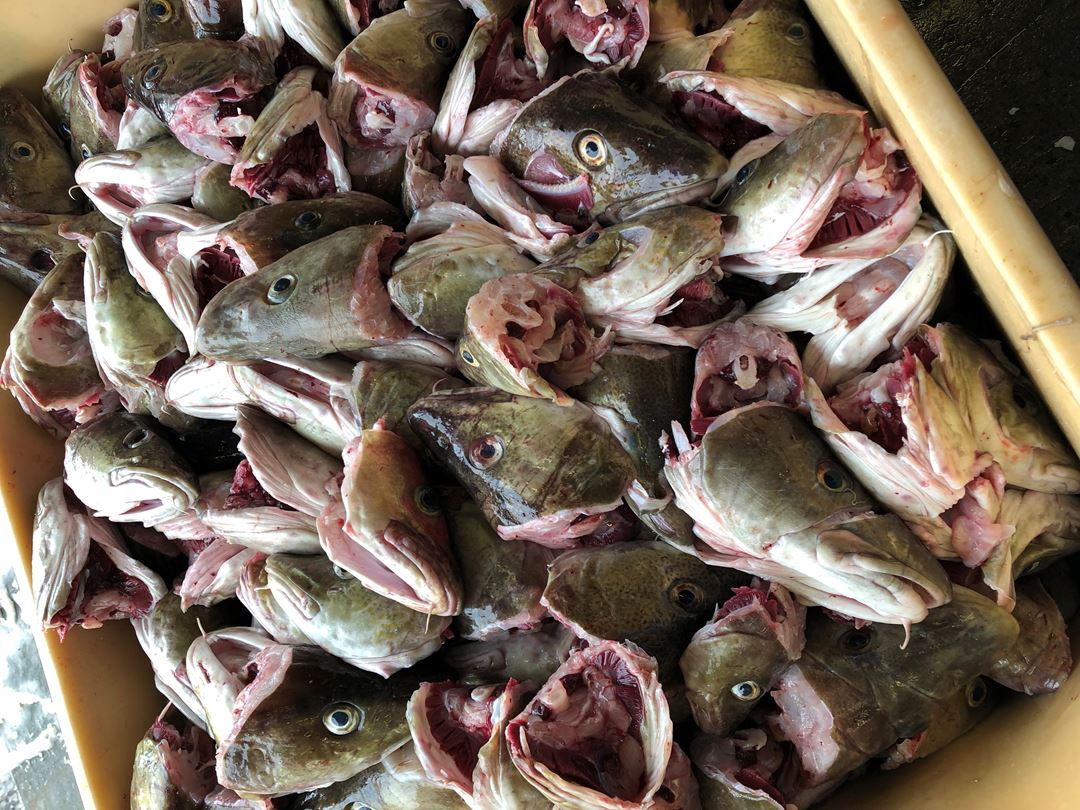In 2021, approximately 1 090 000 tonnes of rest raw material arose from a raw material base of 3,76 million tonnes of fish and shellfish. Of this, approximately 905 600 tonnes were processed and used as ingredients (oils, proteins, supplements/premixes) in feed for fish, livestock, fur animals and pets, as products for human consumption (seafood products, cod liver oil, extracts) or for biogas/energy. The proportion of rest raw material utilized in 2021 was calculated to 83%, which was a decrease from 2019 and 2020, but still high historically and considering the challenges associated with the COVID-19 pandemic.
The greatest potential for increased utilization of rest raw material in the sea-going fleet and the large coastal fleet group in the whitefish sector. While the small coastal fleet group has stabilized around 90% in recent years, the results for large coastal (40%) and the sea-going fleet (31%) have been weaker. In the years the the project group has carried out the analysis, one has, on the other hand, experienced an increasing interest from both the fleet and the industrial sector to extract larger margins through a total utilization of the rest raw material. This is also clearly reflected in the results. In the period 2012 to 2021, a very positive development has been observed for large coastal and the sea-going fleet, which overall has increased the degree of utilization from just under 10% to approximately 35%.
In 2023, SINTEF Ocean and Kontali Analysis were given the opportunity to continue their work following a call from the Fisheries and Aquaculture Industry's research funding (FHF). Like previous project periods, the current one will also have a duration of 3 years, until the end of 2025.
The main aim of the project is to produce annual, robust analysis of the access and use of marine rest raw material from the Norwegian fisheries and aquaculture industry, as well as to produce overviews of actors within the industry. This will be carried out via four sub-goals:
- Produce analysis on access to raw material, the nature of the raw material (e.g from which part of the industry the raw material is generated and available, and what types of fractions it consists of), origin and availability.
- Produce information on the flow of goods for the use of raw materials, including identification of what is not used.
- Produce an overview of the rest raw materials industry in Norway (mainly geographical spread of players and sector-wise development including economic figures at macro level).
- Develop and establish measures that can facilitate, or stimulate, increased use of the available rest raw material, which will create increased value of the project.
Over the past decade, the project group has experienced increasing interest from the seafood industry regarding the utilization of marine rest raw material. The analysis has become an important tool in decision making processes for the industry, and the reports are often referred to at various conferences and smaller seminars. For R&D institutions, the analysis has become a very important source of support and preparation of new projects concerning seafood utilization. In the previous project period, there was also a strong increase in interest from the agricultural and forestry sectors, as well as research projects with the aim of cooperation across the blue and green sectors.
In addition to R&D and the industry itself, there is strong interest from a governmental perspective. This is reflected in various strategies and reports prepared by the ministries in recent years with a focus on increasing value creation in the seafood industry, via securing year-round jobs. According to the government, one of the barriers that must be overcome to achieve this is to increase the proportion of marine rest raw material that is brought to shore, and further utilize this for high-quality products. In order to be able to develop and shape adaptations to such a strategy, it is absolutely necessary to have insight into how the status is and develops, from year to year.

